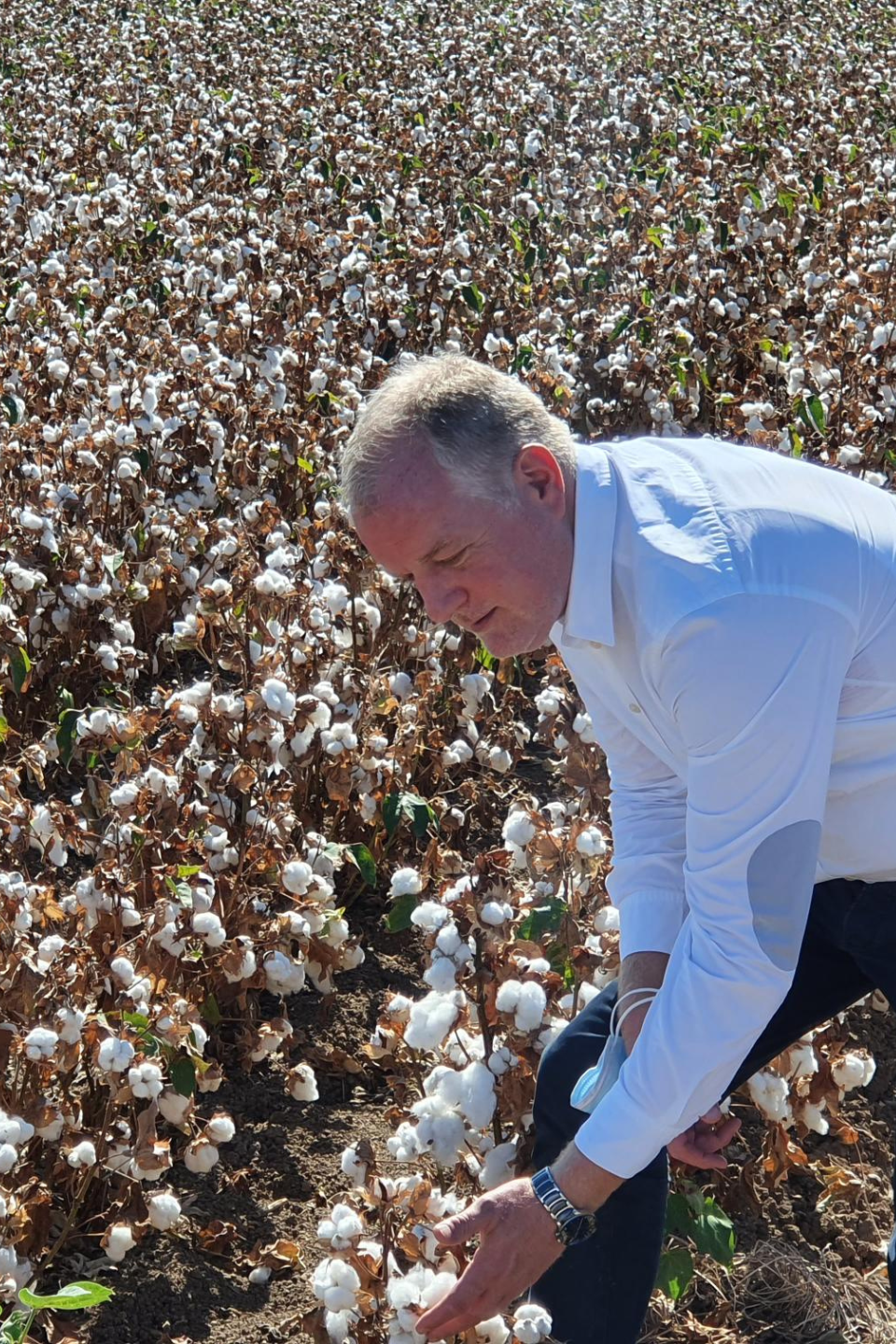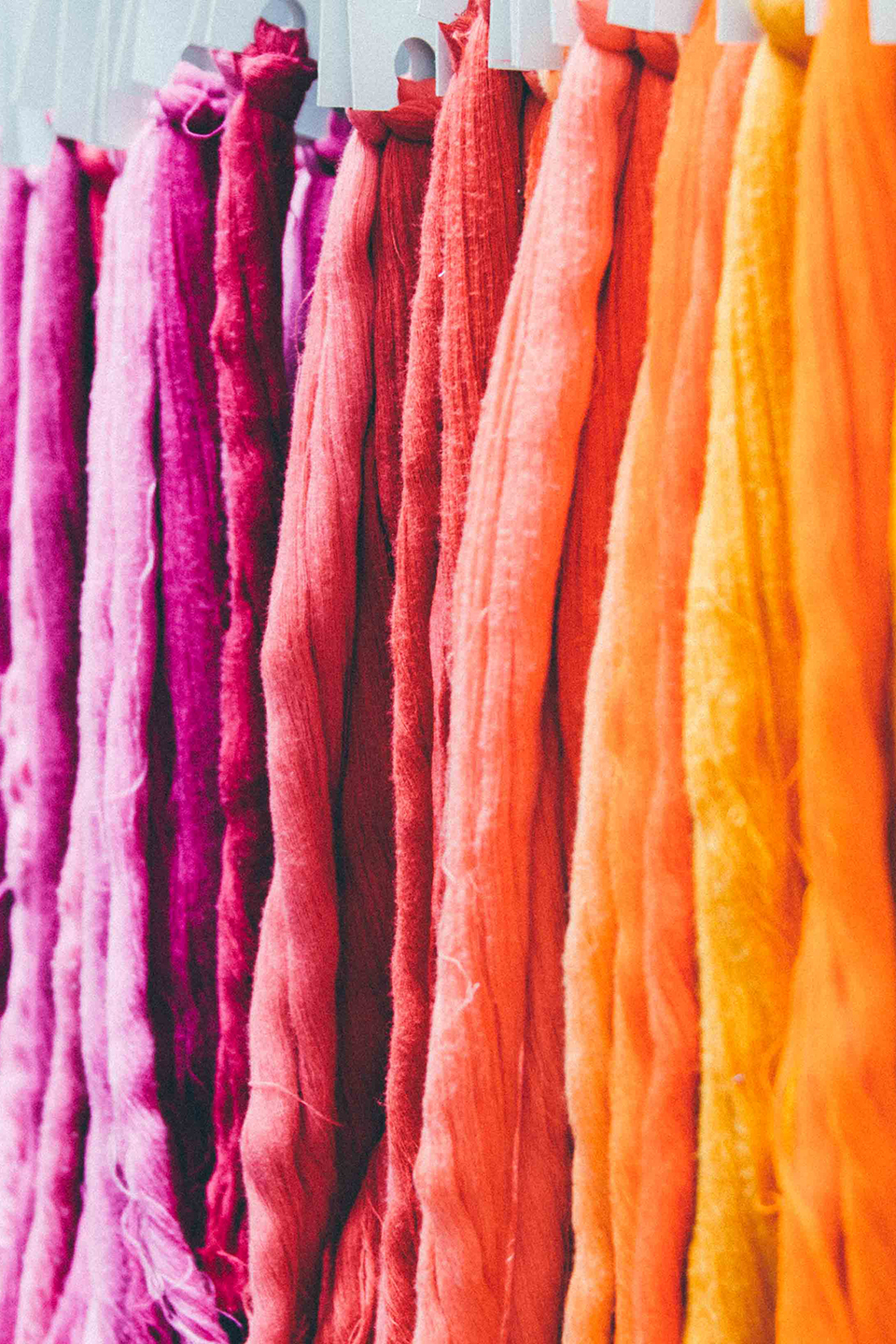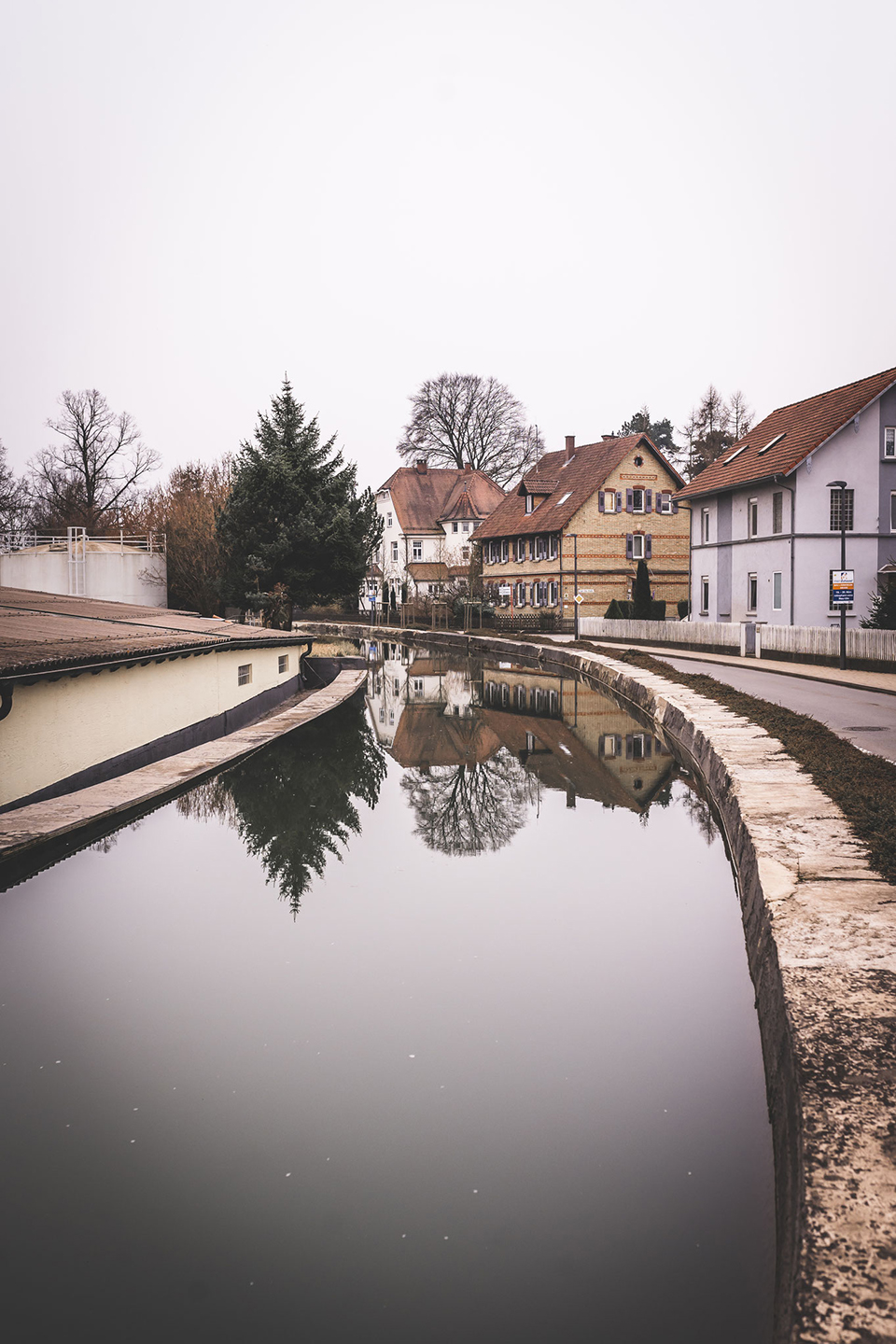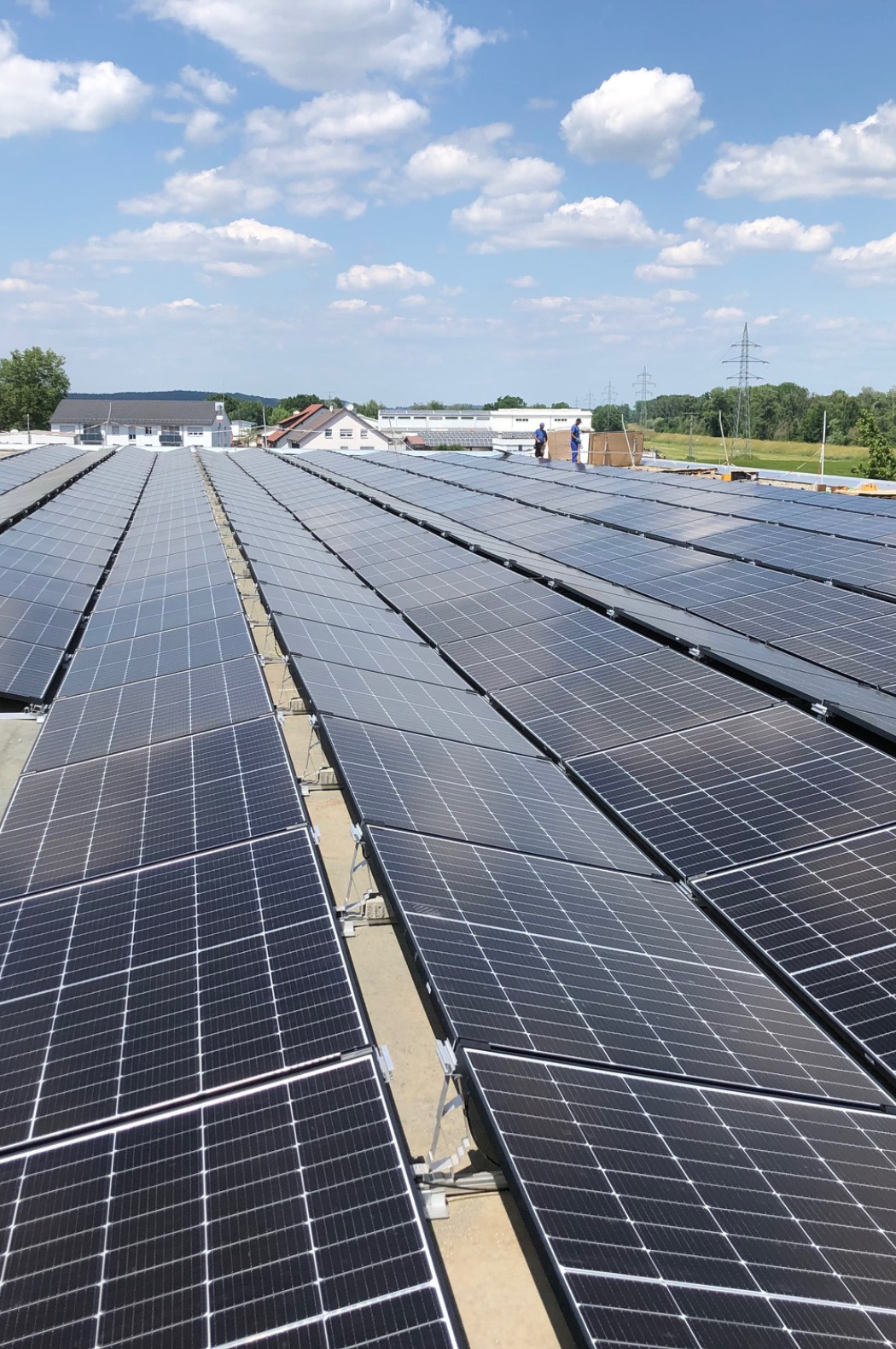Fibres
In the case of plant fibres, i.e. cotton, kapok or linen, it grows in a field - in a country where fair trade is ensured and child labour is excluded. These are basic requirements if the fibre is to be turned into an Otto yarn, for example a cotton yarn from our "Cotton since 1901" brand. Sustainable cultivation is another premise. To make sure that our demands and wishes are met, we regularly visit our suppliers on site. We keep transport distances as short as possible.
All this applies to natural fibres as well as to technical and regenerated fibres that come from industrial production. Speaking of which: many cellulose and regenerated fibres that we spin at Otto are made of FSC-certified wood pulp from sustainable forestry.
The relationships with our suppliers have grown over the years and have become reliable partnerships. We are proud of this network.
In short: we know the way of the textile supply chain, from raw material to finished yarn. This enables us to offer our customers the transparency they need to make a conscious purchasing decision. For a secure origin of the textile product.


Colour
Cobalt blue, frog green, Bordeaux red, sunshine yellow. The world is colourful. Otto yarns are too. A yarn that leaves our dye works can bear one of over 6,000 different shades.
Because dyeing per itself is a resource-intensive process step, coloured yarns - apart from their brilliance - also come with a backpack full of water, energy and chemicals. Our goal is to keep this as small as possible. Therefore we follow a simple principle: only the best of everything. Each of the around 120 or so dyes we use meets the highest (environmental) standards, including the REACh regulation, OEKO-TEX and GOTS. Every single chemical we use has its own certificate of safety and harmlessness. We also regularly check our input chemicals - from acetic acid to soaps - to see if we have found the best possible substance. After all, we are responsible for what we end up wearing on our skin.
Water
In order to keep the water consumption required for dyeing as low as possible, we rely on modern machinery.
In this way, we have been able to reduce water consumption per kilogramme of yarn by around 25 percent in recent years. Today, it is around 100 litres per kilogram of dyed yarn. The optimisation of the dyeing processes has also contributed to saving water. The same applies to the well thought-out allocation of the dyeing batches to the respective dyeing apparatus. This enables us to avoid unnecessary washing out and cleaning.
As far as our environmental performance and environmental management are concerned, the current STeP report/OEKO-TEX certifies that at Otto we are far above any average and benchmark. Especially in the area of water, we have been achieving 100 percent of the requirements for years.


Energy
In terms of energy efficiency, we could be satisfied with what we have achieved - if that were in line with our self-image. Regular energy audits confirm that we are exceptionally efficient with the energy we use. We have been working with the ISO 50001 energy management system since 2011, and various projects to save energy have brought us to a high level of efficiency. In order to further reduce the energy demand per kilogram of dyed yarn, we are investing in state-of-the-art machinery: The latest acquisitions are the new dyeing machines in the dyeing plant and new spinning and winding machines in the spinning mill.
We see room for improvement in terms of energy generation. So far, we generate 13 percent of our electricity ourselves, from sustainable hydropower. We operate a turbine in Balzheim as well as in Dietenheim. We are currently in the process of installing photovoltaic systems on the roofs of the Balzheim plant. Once the solar cells are in operation, we will be able to cover 10 per cent of our electricity needs from this renewable source.